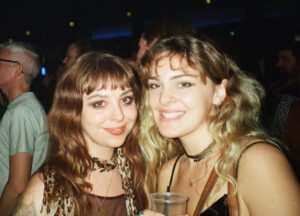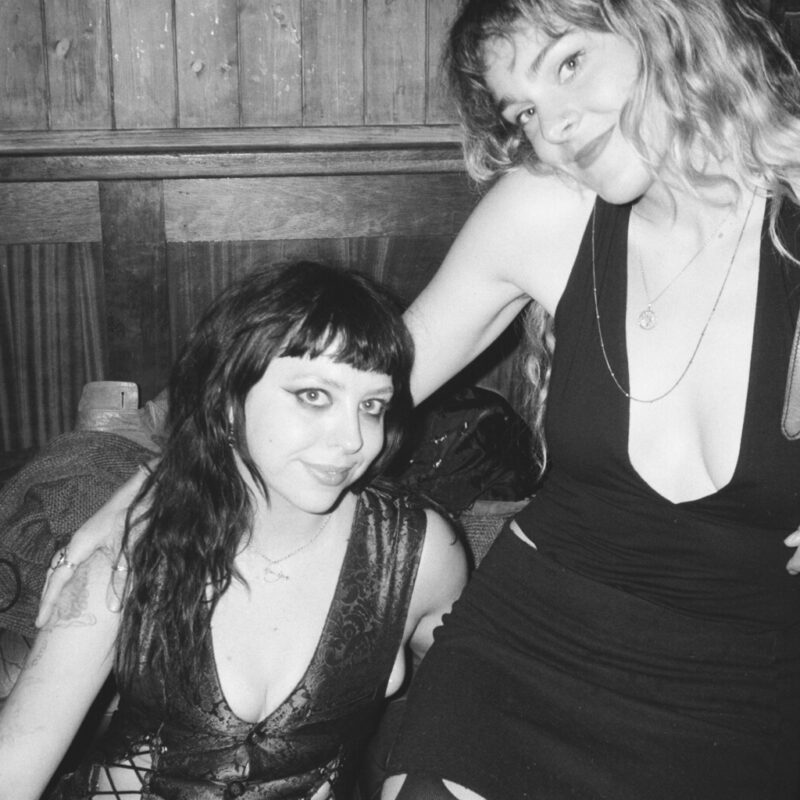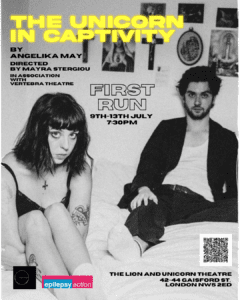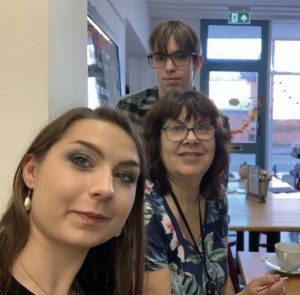 “The play is called the Unicorn in Captivity,” says 24-year-old Angelika May. “The name is symbolic. The unicorn is supposed to represent the idea of love and the captivity is supposed to be a metaphor for when you are in a vulnerable position, and you have a lot of love and someone takes advantage of that.”
“The play is called the Unicorn in Captivity,” says 24-year-old Angelika May. “The name is symbolic. The unicorn is supposed to represent the idea of love and the captivity is supposed to be a metaphor for when you are in a vulnerable position, and you have a lot of love and someone takes advantage of that.”
Angelika was born and raised in Bradford, West Yorkshire, but after moving to London to study drama at Goldsmiths University, has lived there ever since. Over the last seven years, Angelika has graduated from drama school, completed a master’s degree in drama, and been working as an actor.
But being an actor in London is not quite the glitz and glamour it might sound, and even though she is represented by an agency, Angelika says it’s really difficult to find work. “So, I stared writing to create work for myself and then found my voice through writing, which has been a really great journey.”
The Unicorn in Captivity is Angelika’s first play as a writer and centres around a relationship between F and M. F is a fine arts student in her final year of university and M is a photographer who is at the peak of his career. As F struggles with her health and a diagnosis of epilepsy, M’s relationship with her starts to become obsessive and exploitative.
Misrepresented on television
 The play features some of Angelika’s own experiences, having been diagnosed with chronic vertigo and vestibular migraines. She had a really challenging time getting support and the right care from the NHS. But it also involves experiences inspired by Angelika’s best friend Celia.
The play features some of Angelika’s own experiences, having been diagnosed with chronic vertigo and vestibular migraines. She had a really challenging time getting support and the right care from the NHS. But it also involves experiences inspired by Angelika’s best friend Celia.
“My best friend Celia has epilepsy. She’s had it since she was a teenager, but was diagnosed with depression first. She had her first seizure at a festival, so that didn’t help, because doctors thought that she’d just taken something and was having a bad reaction to it.
“She was misdiagnosed and ignored for years and finally got a diagnosis of epilepsy when she was 17. She’s 24 now. But she spent years trying to obtain a diagnosis, having multiple EEGs at hospital, having EEGs at home and having to have 24-hour care from her parents.
“When I met Celia, we bonded over our mutual chronic illnesses.”
Angelika found crossovers with her own symptoms and Celia’s focal seizures, and the care that they both received from the NHS and from friends and family.
Angelika explains that she decided to include epilepsy over vertigo in the play for a few reasons. One is that she’s not sure she’s at the end of her diagnosis journey, as vertigo is usually a symptom of another condition, but none have been found yet.
Another reason is that, speaking to Celia, she realised how little she had known about epilepsy.

“I had never had such a close relationship with someone with epilepsy, and when she was explaining it to me, I was so shocked at how misinformed I had been about epilepsy, and the misconceptions I’d already had about it,” she says.
“Most people probably know someone who is living with epilepsy, but they don’t really understand the implications it has on their life or how they deal with it on a day-to-day basis.
“Celia has always been adamant that epilepsy is really misrepresented on television and it’s also underrepresented. It’s always tonic-clonic seizures and it never is about the everyday side of epilepsy. So, I was trying to create some noise around it and make people more aware.”
Purple lighting
 As well as writing the play, Angelika is also playing F. She says representing epilepsy and seizures in a respectful and sensitive way is a priority for her and the director, Mayra Stergiou.
As well as writing the play, Angelika is also playing F. She says representing epilepsy and seizures in a respectful and sensitive way is a priority for her and the director, Mayra Stergiou.
Angelika explains: “It’s been really interesting working with the director. I think the biggest thing for us was how we’re staging the seizures stylistically. So, during the play, F has focal seizures, which are indicated with purple lighting. The purple lighting is then dopped in throughout the play when she’s having auras.
“It’s been really interesting to work with movement, because we don’t want to portray the seizures like they’ve been done typically on TV. I think there’s a different way to go about it.
“We’re working with movement that suggest holding tension in different parts of the body that make it look like the body is experiencing something but the mind is somewhere else.”
Being Angelika’s inspiration for part of the play, Celia watched a work-in-progress performance. “I was so nervous,” Angelika recalls, “and when the lights came up at the end, we embraced and it was incredibly emotional. I think she felt really seen.”
The Unicorn in Captivity will be premiering over two runs in July 2024. The first run is at the Lion and Unicorn Theatre from 9-13 July at 7:30pm. The second is at Theatro Technis as part of Camden fringe on 30 and 31 July at 7pm. It is suitable for people aged 16+ and includes strong language and adult themes.



